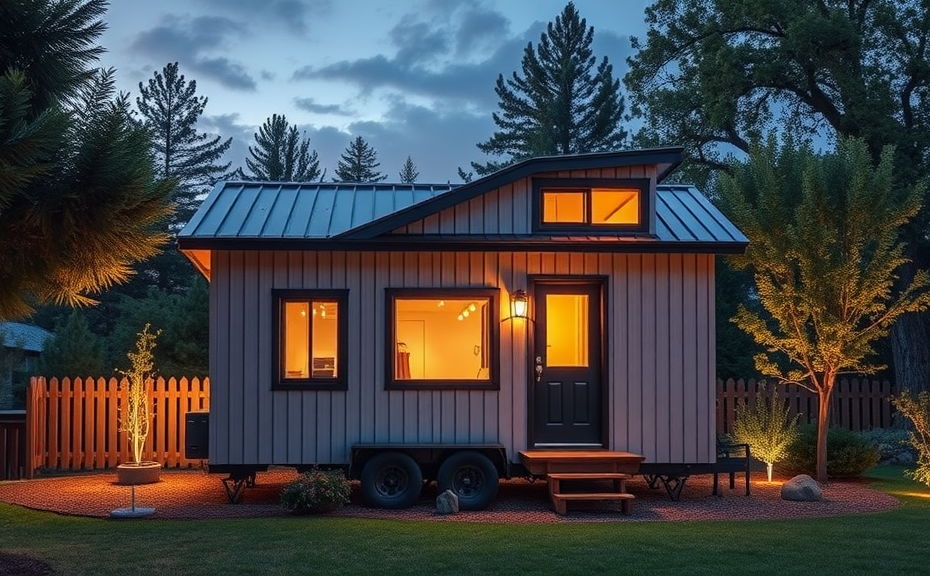Understanding Zoning and Legal Restrictions
Before buying a tiny home, it is crucial to research local zoning laws and building codes. Many areas have strict regulations on minimum dwelling sizes, placement, and whether tiny homes can be used as permanent residences. Ignoring these rules can lead to costly fines or the need to relocate your tiny home.
Assessing Your Space Needs and Lifestyle
Tiny homes offer limited square footage, so knowing what you truly need in terms of living, storage, and work areas is essential. Consider how much space you require daily and whether you can downsize belongings comfortably. A clear understanding of your lifestyle helps in choosing the right tiny home floor plan and design.
Budget and Financing Options
Determine your budget realistically, including purchase price, land costs, utility connections, and maintenance expenses. Financing tiny homes can be challenging as traditional mortgages may not be available. Exploring alternative financing such as personal loans, RV loans, or manufacturer financing is advisable.
Mobile vs. Fixed Tiny Homes
Decide if you want a mobile tiny home on wheels or a stationary one on a foundation. Mobile tiny homes offer flexibility to move but might have size and weight restrictions. Stationary homes often provide more stability and connection to utilities but require land ownership or rental agreement.
Utility Hookups and Off-Grid Options
Evaluate how your tiny home will access water, electricity, and sewage systems. Some tiny homes connect to municipal utilities, while others rely on off-grid solutions like solar panels, composting toilets, and rainwater collection. Your preferred choice affects location options and costs.
